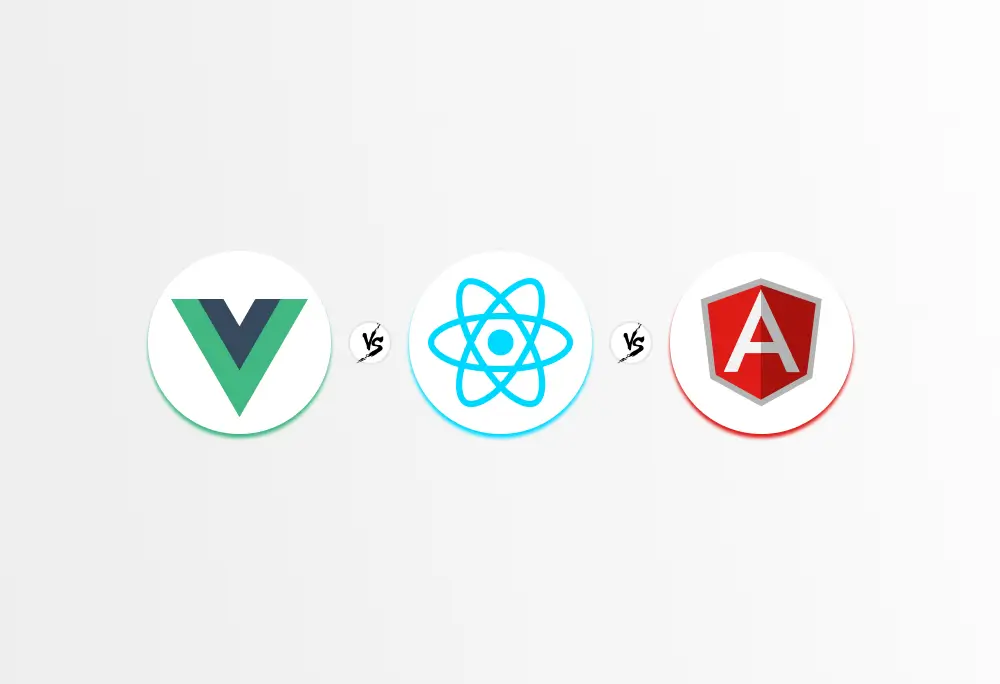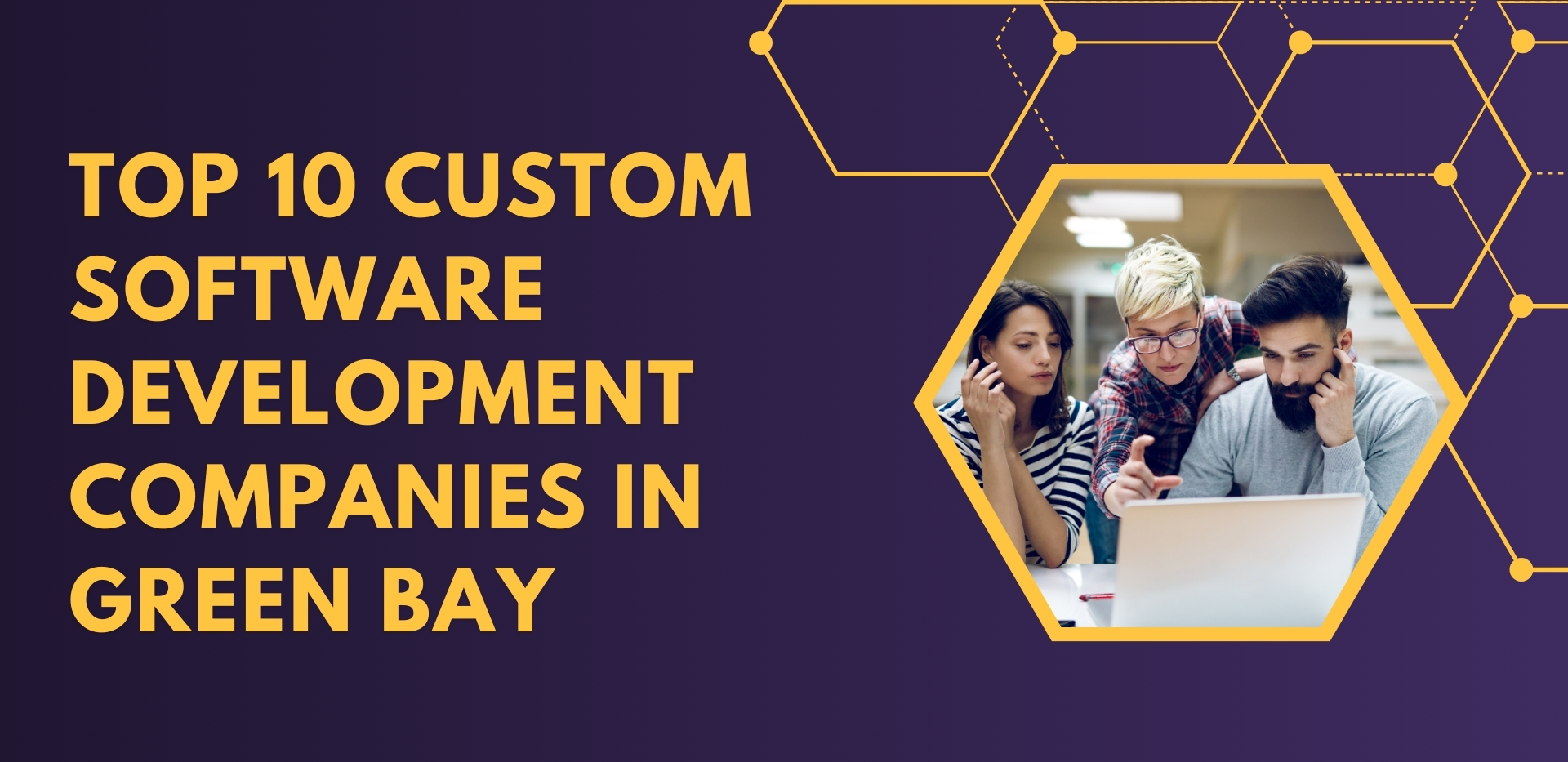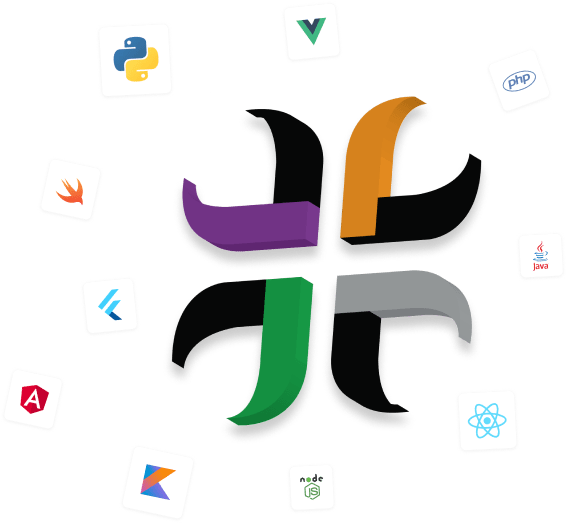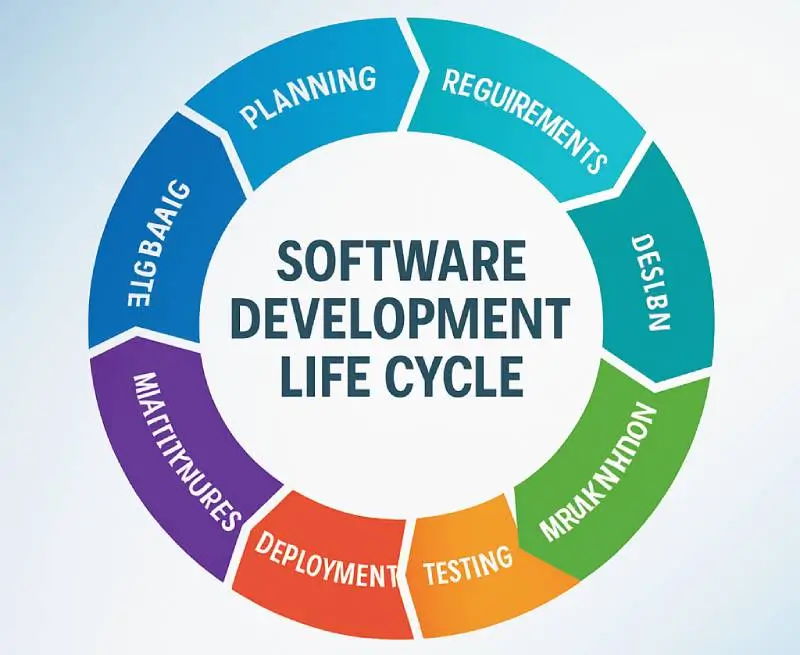
The Software Development Life Cycle (SDLC) is a structured process used by software developers and IT professionals to build robust information systems and software solutions. It serves as a systematic approach to software creation, ensuring quality, consistency, and minimal risk throughout the development process. By following this framework, businesses can streamline workflows, optimize resources, and produce reliable software. For any custom software development company, software development consulting services, or even the best app development company, mastering the Software Development Life Cycle is essential for delivering scalable, maintainable solutions.
In the modern digital economy, software has become central to everything from internal operations to customer-facing applications. A successful software product must be reliable, secure, user-friendly, and adaptable to changing needs. The SDLC provides a roadmap for turning ideas into working applications through a repeatable, efficient, and transparent process. It helps development teams collaborate effectively, track project progress, and deliver consistent results that align with business goals.
Key Phases of the SDLC
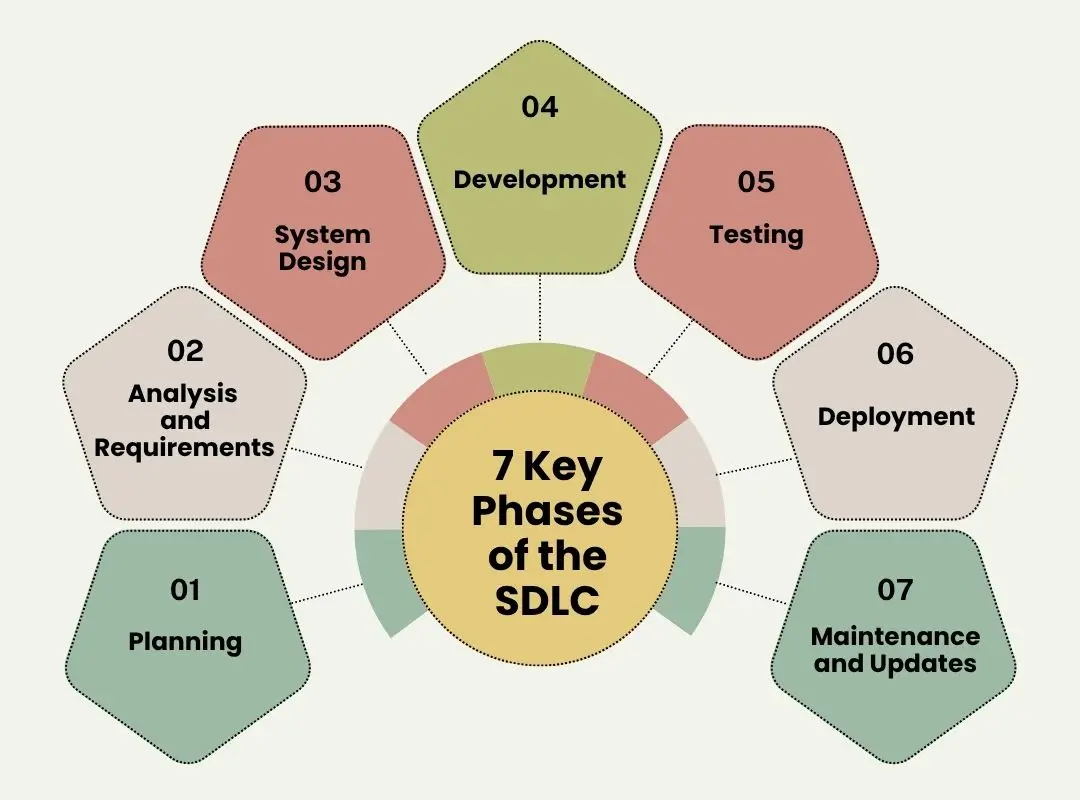
-
Planning
This is the groundwork phase where stakeholders define the project scope, gather requirements, and allocate resources. For a software development company, accurate planning helps avoid costly errors and delays. This phase may include feasibility studies, budgeting, scheduling, and risk assessments. Planning also involves selecting a project manager, establishing communication plans, and defining the initial project milestones. A successful planning phase lays the foundation for efficient project execution and sets clear expectations for all involved parties.
-
System Analysis and Requirements
Here, developers and analysts assess user needs, determine system feasibility, and outline technical requirements. This stage sets the direction for design and development. Involving end-users and stakeholders at this phase helps ensure the software aligns with business goals and user expectations. Use cases, user stories, and detailed requirement documentation are commonly generated in this stage, forming the backbone for future phases. The analysis also includes identifying regulatory or compliance requirements and evaluating potential risks.
-
System Design
The team creates a technical blueprint, covering software architecture, data flow, modules, and interfaces. Good design ensures the product meets both functional and performance expectations. UX/UI designers may also collaborate to ensure intuitive user experiences. This phase may include both high-level design (HLD) and low-level design (LLD), with tools such as flowcharts, wireframes, and ER diagrams used for clarity. Design decisions made in this phase significantly influence scalability, maintainability, and overall product quality.
-
Development
This is where coding begins. Developers use programming languages and frameworks to build the application. Regular code reviews and collaboration help ensure code quality and performance. Agile teams often work in iterative sprints to enable flexibility and continuous feedback. Additionally, developers integrate external APIs, databases, and middleware, ensuring seamless functionality across different systems. A well-coordinated development phase emphasizes modular, testable, and secure code.
-
Testing
Before deployment, the software undergoes various tests—unit, integration, and system testing—to verify functionality and catch bugs. Quality assurance is crucial to long-term reliability. Automation tools like Selenium or manual testing techniques may be employed to simulate user environments. Testing also includes performance testing, security audits, and user acceptance testing (UAT) to validate the system under real-world conditions. Test results are documented and analyzed, and any defects found are prioritized and resolved.
-
Deployment
Once thoroughly tested, the software is rolled out to users. This can be done in phases (pilot testing) or via full deployment, depending on project size and complexity. A robust deployment strategy ensures minimal disruption and a smooth transition to the new system. DevOps tools such as Jenkins, Docker, and Kubernetes are often used to automate deployment and scaling. Documentation, user training, and technical support are often included in this stage to support the transition.
-
Maintenance and Updates
After launch, continuous maintenance is required to fix bugs, improve features, and ensure compatibility with changing technologies. Software development consulting services often include post-launch support to maintain long-term success. This phase ensures the system evolves with user needs and technological advances. Maintenance types include corrective (fixing bugs), adaptive (updating for changing environments), and perfective (enhancing performance or features). Effective maintenance preserves software value and ensures user satisfaction over time.
Read More: Offshore Software Development : A Comprehensive Guide
Advantages of the System Development Life Cycle:
- Increased project control and predictability
- Improved resource utilization
- Better quality and reliability of the software
- Simplified process and clear document readability
- Streamlined collaboration between cross-functional teams
- Early identification of project risks and bottlenecks
Popular SDLC Methodologies:
-
Waterfall:
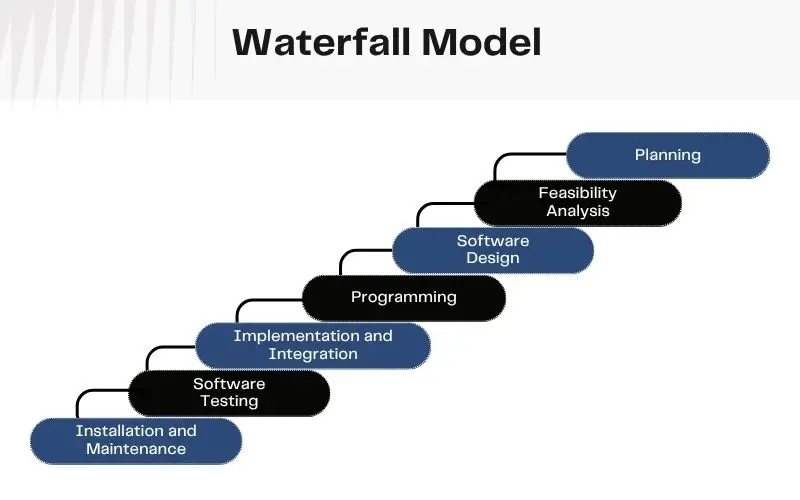
This traditional approach follows a strict, linear process where each phase must be completed before the next begins. It is best suited for projects with well-defined requirements and where changes are unlikely. The clarity and simplicity of the Waterfall model make it ideal for short-term projects with fixed scopes.
-
Agile:
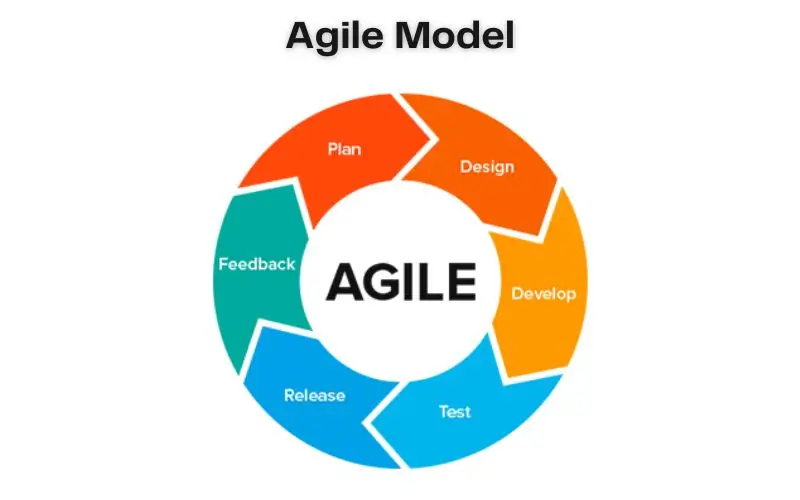
Agile is an iterative approach that breaks the project into smaller units called iterations or sprints. It emphasizes flexibility, customer collaboration, and rapid delivery. Agile allows teams to adjust features and priorities throughout the project lifecycle, making it perfect for dynamic environments and continuous improvement.
-
The Big Bang Model – SDLC
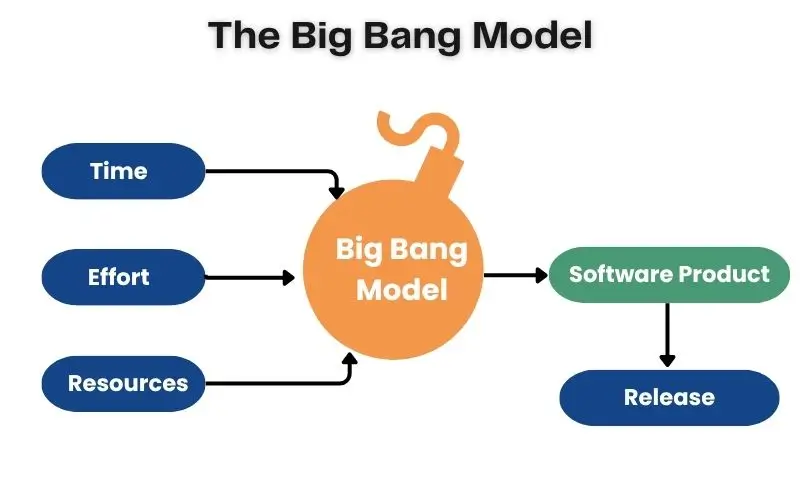
The Big Bang Model is one of the simplest and most unconventional SDLC methodologies. Unlike structured models like Waterfall or Agile, the Big Bang model does not follow a specific process or stages. Development begins with little to no planning, and resources are thrown in with the hope that a working product emerges.
-
V-Model (Verification and Validation Model):
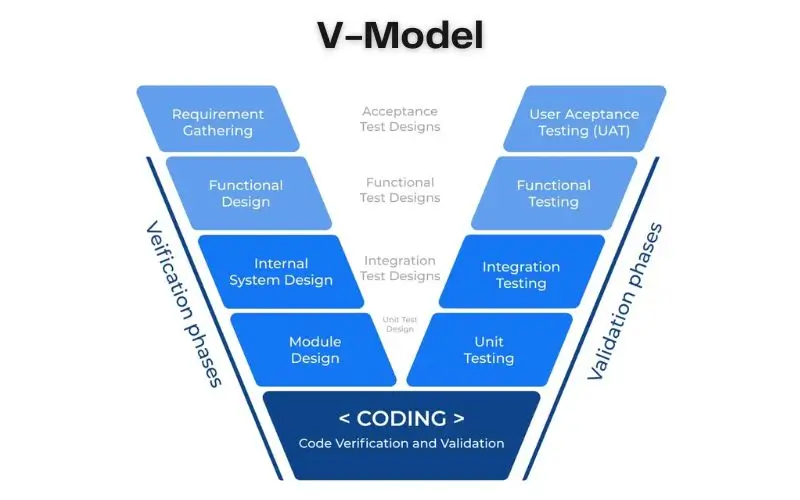
This model extends the Waterfall approach by associating each development stage with a corresponding testing phase. For example, the requirement phase links to acceptance testing, and design aligns with system testing. It ensures comprehensive validation and is ideal for projects that require rigorous quality assurance and compliance.
-
Spiral Model:
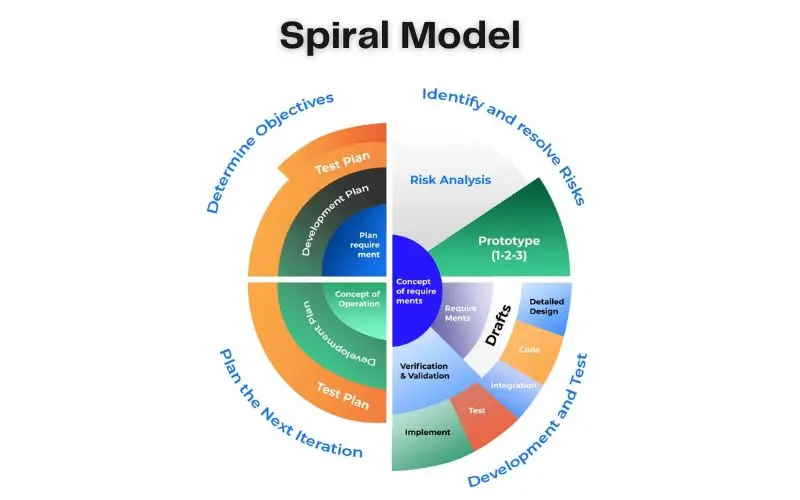
The Spiral model combines iterative development with systematic risk assessment. Each spiral cycle involves planning, risk analysis, development, and evaluation. It is particularly effective for large, complex, or high-risk projects because it enables ongoing refinement and incorporates user feedback early and often.
-
Iterative Model:
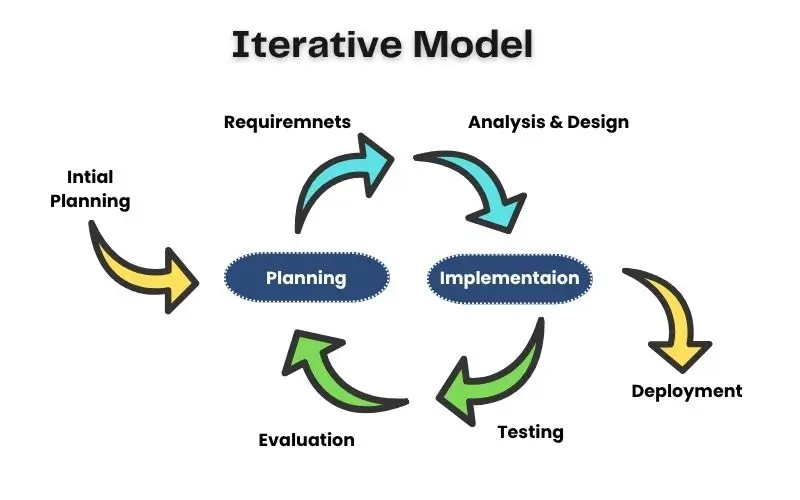
The Iterative model develops the system through repeated cycles (iterations). A functional version is built early, and improvements are made in subsequent iterations based on feedback. This method is suitable for large-scale projects where the full scope may not be known upfront or is expected to evolve.
Choosing the Right Model
Selecting an SDLC model depends on factors such as project scope, team size, client involvement, budget, and timeline. For example, Agile may be ideal for dynamic projects requiring frequent iterations, while Waterfall suits projects with fixed requirements and regulatory constraints. Additionally, hybrid approaches like Agile-Waterfall blends or custom models are increasingly common, offering a balanced framework for diverse project needs.
Security Considerations in SDLC
Security must be woven into every SDLC phase—this is where DevSecOps principles come into play. In planning, identify potential security risks. During design and development, implement secure coding practices. In testing, use vulnerability scanning and penetration tests. After deployment, ongoing security monitoring ensures continued protection.
You May Like to Know: Top 10 Custom Software Development Companies in Green Bay
Tool Ecosystem Supporting SDLC:
- Project Management: Jira, Trello, Asana
- Version Control: Git, GitHub, Bitbucket
- Testing: Selenium, JUnit, Postman
- CI/CD: Jenkins, GitLab CI/CD, CircleCI
- Monitoring: Datadog, New Relic, Nagios
With digital transformation accelerating, the SDLC remains vital in guiding teams through complex software creation. Leveraging modern tools, agile practices, and secure development standards ensures that teams can meet evolving user needs with confidence and efficiency.
Why Software Development Life Cycle (SDLC) Matters
For businesses working with a software development company, adopting SDLC methodologies provides several key benefits:
- Better control and predictability
- Enhanced resource allocation
- Superior product quality
- Streamlined documentation and project clarity
Regardless of whether you’re a startup or enterprise, working with the best app development company or offering custom software development services, the SDLC offers a roadmap to project success.

Possible Drawbacks of SDLC
Although SDLC is a formal way of managing software development, it has its limitations. Hard and fast following of pre-determined phases delays innovation and does not facilitate easy adaptability to changing requirements, particularly in fast-moving industries. Waterfall is a classical approach and inflexible; this could sometimes result in difficulties if changes arise unpredictably. Excessive paperwork also takes its toll in time and resources, mainly in small-scale projects where agility is more useful.
Certain SDLC approaches can also hold back the provision of user input, causing the system to miss opportunities for refinement earlier in the process. Selecting an inappropriate model for the project can result in inefficiencies, increased costs, and prolonged schedules.
Conclusion
The System Development Life Cycle is the perfect methodology for the successful development of software projects. Through its phases and the right methodology implemented, businesses will be able to obtain superior project outcomes, avoid risk, and develop quality solutions. Whether you’re a provider of custom software development, offer software development consulting solutions, or looking for the best app development company with whom to collaborate, the SDLC is the foundation of scalable, efficient, and successful software development.
For companies aspiring to stellar performance, the incorporation of the SDLC—along with an agile culture and modern development methodologies—can be an extremely powerful long-term formula for success.
FAQs about the System Development Life Cycle
1. What is the main purpose of Software Development Life Cycle?
The main purpose of SDLC is to provide a structured approach to developing high-quality software that meets business, and user needs efficiently and with minimal risk.
2. Which SDLC model is best for startups?
Agile is ideal for startups as it supports flexibility, rapid iteration, and frequent customer feedback, helping teams adapt quickly to evolving product and market needs.
3. How does SDLC improve software quality?
SDLC includes phases like planning, testing, and maintenance, ensuring that every part of the software is built and verified systematically for functionality and performance.
4.Is DevOps part of SDLC?
Yes, DevOps complements SDLC by integrating development and operations, enhancing automation, collaboration, and delivery speed in the software lifecycle.
5. Why is documentation important in SDLC?
Documentation ensures clear communication, traceability, and helps manage project expectations, especially when onboarding new team members or scaling systems.
6.Can SDLC be used for mobile app development?
Absolutely. SDLC frameworks like Agile and Scrum are widely used for mobile app projects by companies like LuminoGuru to ensure continuous updates and user-centered improvements. in guiding teams through complex software creation. Leveraging modern tools, agile practices, and secure development standards ensures that teams can meet evolving user needs with confidence and efficiency.

 Software Development
Software Development Food Delivery
Food Delivery Taxi Booking
Taxi Booking E-Commerce
E-Commerce Real Estate
Real Estate Healthcare
Healthcare